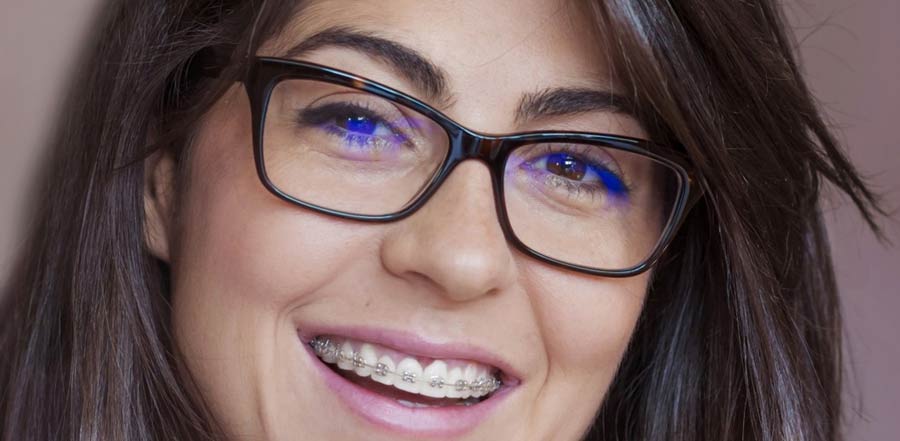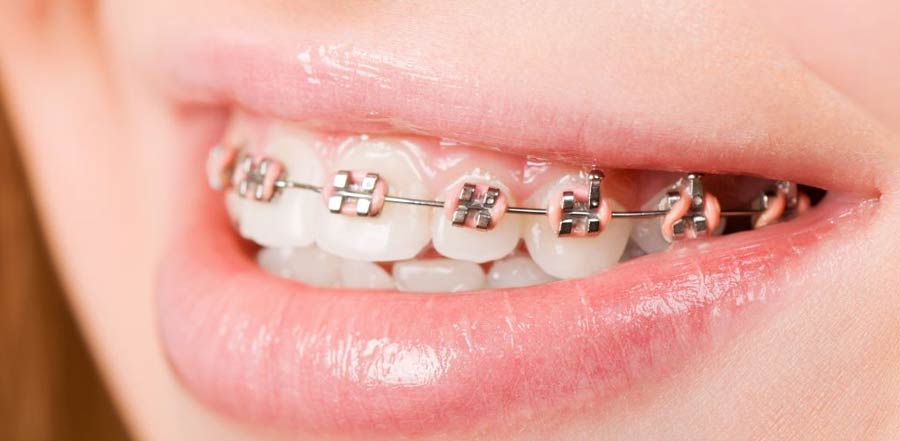Children’s Orthodontics in or near Country Club
Anybody seeking an orthodontist in the Country Club area you have quite a few options. Taking this into consideration why do so many families choose Lakes Orthodontics as their preferred orthodontist? In this day and age it seems that everybody is offering orthodontic services. The reality is that there are several of general dentists offering orthodontic services even when they are not qualified to provide this type of service. It goes beyond that you can now even order braces online from SmilesDirect! However, individuals who know better still prefer the service only a certified orthodontist can deliver. When you are looking braces we ask you to call us for a free no obligation appointment where we will show you what is the difference between mail order orthodontic appliances versus that of Children’s Orthodontics Country Club, Fl .
Even though the ADA says that general dentists are qualified to prescribe braces the huge gap in education and qualification tells us otherwise. Orthodontic braces are installed around your dentures to correct its alignment. If not performed the right way, you may undergo a lot of health concerns arising from the idea that you can’t chew or eat your food correctly.
When getting braces, it is best that you consult with an orthodontist instead of a regular dentist. Orthodontists have huge experience regarding the proper alignment of teeth. A general dentist’s experience, on the other hand, doesn’t cover that area.
If it comes to education, the orthodontist has 2 to 3 added years’ worth of specialization than a general dentist. This suggests that they’re able to do better than regular dentists can do, and it includes installing retainers, braces, Invisalign, and other corrective appliances under your dentures.
Consult with an orthodontist if you do not want to experience the painful consequences such as overbite and head-splitting migraines. These are the general concerns of people who chose to consult with a regular dentist instead of an orthodontist for braces. Keep yourself of all these concerns and talk only with orthodontists who are especially trained for the job.
Remember that problems with your dentures affect your overall health. If your dentures are bothering you then the rest of your body won’t be able to function at its best.
Board Certified Orthodontist in Country Club, FL
Dr. Carmen Briceño Crespi of Lakes Orthodontics is your local board-certified orthodontist serving the Country Club area. Once you have decided that talking with an orthodontist is better than consulting with a general dentist, then the next step is to look for the orthodontist who is perfect for you. There are 2 kinds of orthodontists: regular orthodontists and board-certified orthodontists. If you must choose between the two, always go for the board-certified experts.
Aside from the knowledge and training that regular orthodontists go through, the board certified experts offer improved and complete oral care. This is because they are mandated to renew their certification every 10 years in order to keep the certification.
To be a board-certified orthodontist, they must be a member of the American Board of Orthodontics. One has to comply with the accreditation guidelines of the organization and follow their every rule to ensure their membership. Renewal of certification is also required, which may also mean they need to go through continued training.
There are many advantages to going to a board-certified orthodontist and they have mean assurance of getting optimum oral care. They can provide you with the necessary dental care, as well as align your teeth to give you that perfect smile. These experts will make sure that you will get your confidence back.
Blog Post Related to Orthodontist for Kids in Country Club, FL
Orthodontics Insurance Coverage
Will my insurance cover the cost of my braces or Invisalign? Insurance can be a very overwhelming subject for most people to understand. After all, so [...]
Do Braces Hurt? Does Invisalign Hurt?
What you should expect when you put on your braces or Invisalign. A question I always get from patients in my orthodontic office is, “Will my [...]
Faster Better Invisalign Results
For most people, going to the orthodontist is not considered as dreadful as going to the dentist. However, if you ask kids, teens, and adults what [...]





